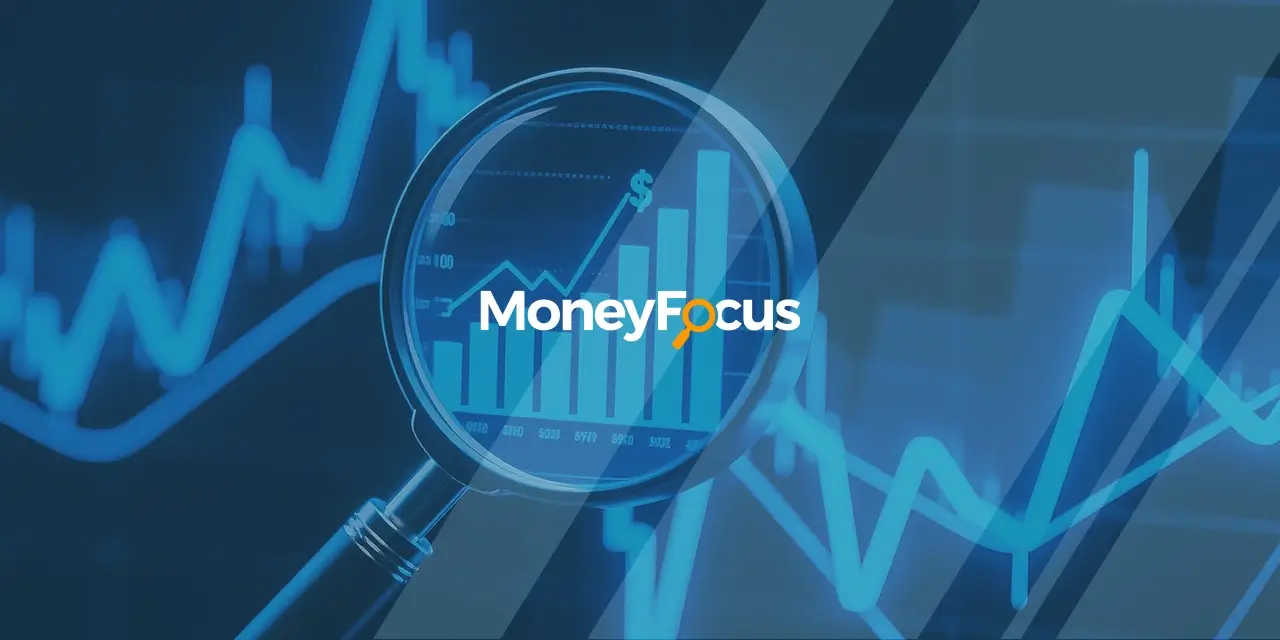By Ambrose O’Callaghan
The S&P 500 was down 3.53% in the year-to-date period as of mid-afternoon trading on Wednesday, March 19, 2025. Markets in the United States and across the globe have been hit with turbulence while the threat of tariffs has ramped up trade policy tensions. Earlier this month, we’d suggested that investors might consider taking it back to the basics.
In this piece, I want to explore why striking a defensive posture and pursuing diversification in your portfolio could provide peace of mind going forward.
The macroeconomic environment today
There are elevated risks that have led to uncertainty in the markets today. We are now two full months into Donald Trump’s second Presidential term. It already feels much longer than that to many Canadians. Investors may want to prepare for elevated volatility in the near to mid-term as there appears to be no immediate relief in sight when it comes to prickly trade tensions between allies and adversaries alike in the geopolitical sphere. Global trade policy uncertainty, a measurable index that quantifies policy risks, is the highest it has been since Trump’s first term.
Valuation concerns have been added to the risks and uncertainty. This is particularly true in the U.S. with regards to big tech. Investors have started to question the pace of earnings growth, as well as the strength and confidence of the consumer. A March report from the University of Michigan Consumer Sentiment Index showed it falling to 57.9. That is the lowest level since November 2022. It also represents a 10.5% drop from the same time in February 2025. Consumer sentiment had declined by 27.1% – or 21.5 points – in the year-over-year period. That is the largest annual decline since May 2022.
Between tariffs, geopolitics, valuations, and the economy, investors are being presented with an increasingly challenging and noisy backdrop.
Advantages of asset allocation funds
The biggest advantage asset allocation funds offer investors is diversification. Diversification, it has been said, is the only “free lunch” in investing. Diversification does not eliminate risk, but it does spread out risk broadly. That has the potential to create more robust portfolios.
Asset allocation exchange-traded funds (ETFs) help investors better diversify their holdings. These ETFs also provide the discipline to stay invested in the market to help manage the market gyrations that all investors inevitability experience. Staying invested in markets, especially in times of heightened volatility, is historically what sets investors up for long-term investing success. Moreover, asset allocation strategies offer investors the benefit of the package. While many investors may tweak exposures through individual ETF holdings, many can benefit from the “one-ticket approach” offered by asset allocation ETFs.
Asset allocation strategies in 2025
The Harvest Diversified Equity Income ETF (HRIF:TSX) allocates to other Harvest Equity Income ETFs – which overlay an active covered call strategy on a portfolio of sector-focused equities – to generate attractive equity income across a well-diversified sector mix.
Annual Performance
As at October 31, 2025
| Ticker | 1M | 3M | 6M | YTD | 1Y | 2Y | SI |
|---|---|---|---|---|---|---|---|
| HRIF | 1.35 | 5.48 | 13.80 | 10.11 | 10.66 | 20.52 | 13.27 |
Meanwhile, the Harvest Diversified Monthly Income ETF (HDIF:TSX) represents the same portfolio of Harvest Equity Income ETFs. However, HDIF employs modest leverage at approximately 25% to amplify returns and income.
Annual Performance
As at October 31, 2025
| Symbol | 1M | 3M | 6M | YTD | 1Y | 2Y | 3Y | SI | |
|---|---|---|---|---|---|---|---|---|---|
| HDIF | 1.56 | 6.60 | 17.47 | 11.75 | 12.29 | 24.79 | 14.35 | 7.05 |
Notable sectors in these ETFs include defensives like health care, utilities, real estate investment trusts (REITs), and it is complemented by growth sectors such as technology and industrials. The use of the covered call writing strategy transforms market volatility into higher levels of cashflow. These ETFs are one-ticket globally diversified equity income exposures, offering attractive overall yields.
A traditional balanced asset allocation portfolio
The traditional “balanced” investment portfolio is composed of 60% equities and 40% bonds. In 2024, Harvest launched the Harvest Balanced Income & Growth ETF (HBIG:TSX) and the Harvest Balanced Income & Growth Enhanced ETF (HBIE:TSX). These ETFs incorporate Fixed Income ETFs into the mix, aiming to replicate that 60/40 asset allocation. These Fixed Income ETFs include intermediate and long duration US Treasuries.
Fixed income exposures can be of significant benefit to investors in times when equities are facing headwinds. Indeed, HBIG and HBIE have demonstrated that benefit in 2025. Since the inauguration of Donald Trump, the S&P 500 has declined roughly 4%. However, the Harvest Premium Yield 7-10 Year Treasury ETF (HPYM:TSX) and the Harvest Premium Yield Treasury ETF (HPYT:TSX) are both up year to date respectively.
Annual Performance
As at October 31, 2025
| Ticker | 1M | 3M | 6M | YTD | 1Y | SI |
|---|---|---|---|---|---|---|
| HPYM | 0.70 | 2.65 | 2.27 | 6.39 | 4.89 | 2.43 |
| HPYM.U | 0.81 | 2.99 | 3.03 | 7.76 | 6.54 | 3.69 |
Annual Performance
As at October 31, 2025
| Ticker | 1M | 3M | 6M | YTD | 1Y | 2Y | SI |
|---|---|---|---|---|---|---|---|
| HPYT | 1.23 | 4.52 | 3.12 | 6.50 | 1.73 | 4.99 | 2.37 |
| HPYT.B | 2.20 | 6.31 | 5.80 | 5.30 | 4.14 | - | 6.00 |
| HPYT.U | 1.40 | 5.02 | 4.00 | 7.91 | 3.38 | - | 1.99 |
HBIE amplifies the HBIG portfolio with 25% leverage to increase returns and income.
All Harvest asset allocation strategies are actively managed, disciplined approaches. These strategies help to navigate challenging markets. Whether in equities, or equities and fixed income, Harvest offers one-ticket solutions to remain diversified and generate income. With volatility on the increase, we believe diversification and income will continue to be very meaningful to investors in the months and years ahead.
Disclaimer:
For Information Purposes Only. All comments, opinions and views expressed are of a general nature and should not be considered as advice and/or a recommendation to purchase or sell the mentioned securities or used to engage in personal investment strategies.
Commissions, management fees and expenses all may be associated with investing in HARVEST Exchange Traded Funds managed by Harvest Portfolios Group Inc. (the “Funds” or a “Fund”). Please read the relevant prospectus before investing. The Funds’ returns are not guaranteed, their values change frequently, and past performance may not be repeated. Tax investment and all other decisions should be made with guidance from a qualified professional.











